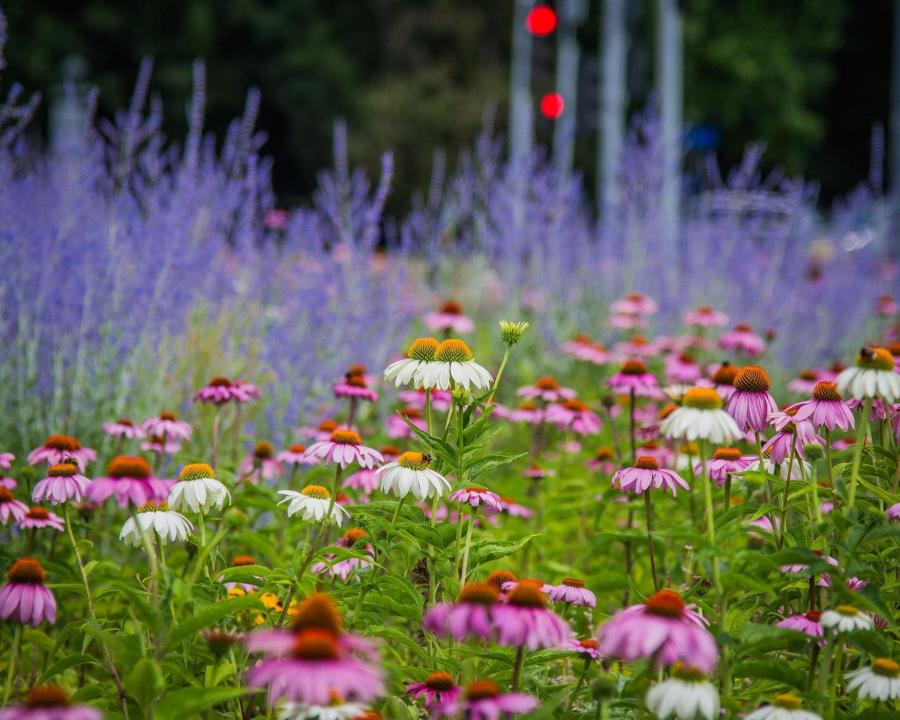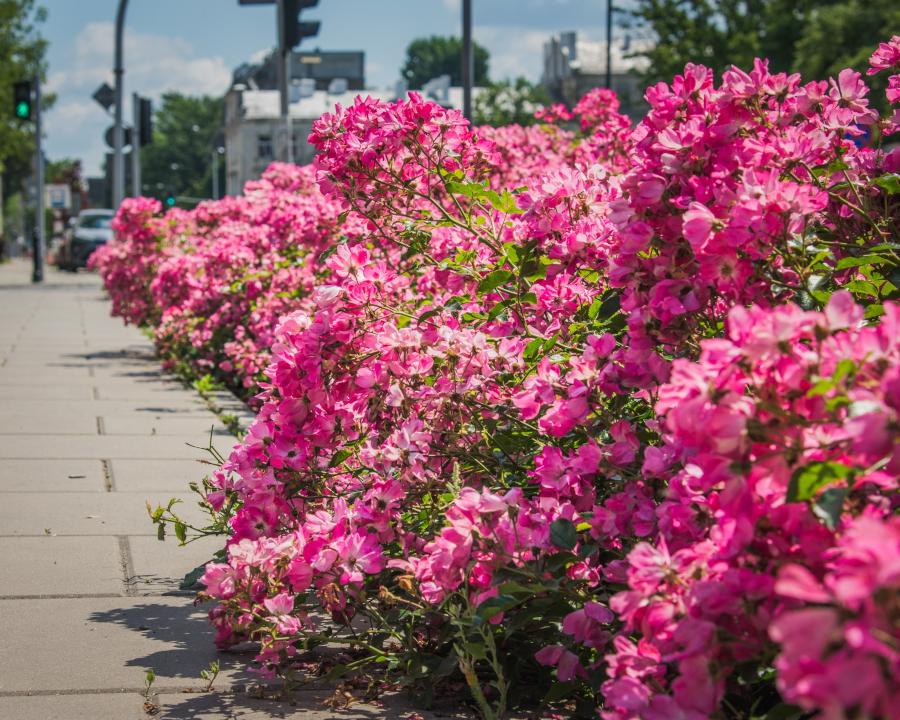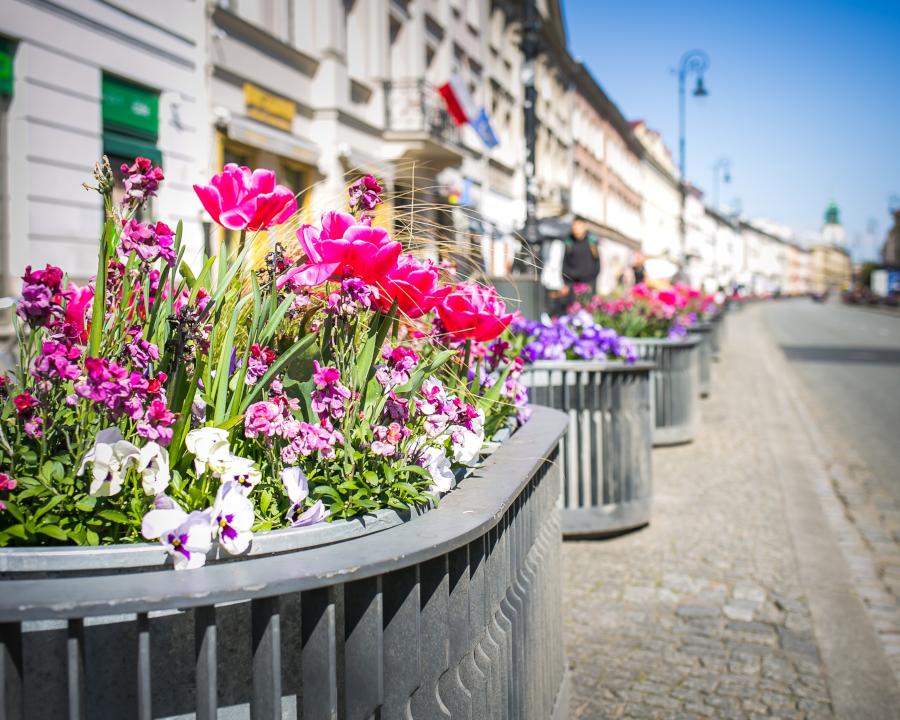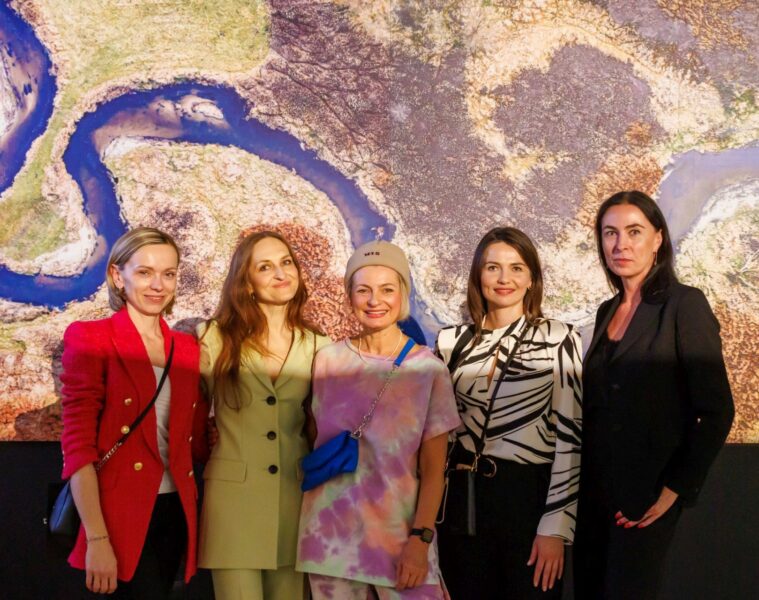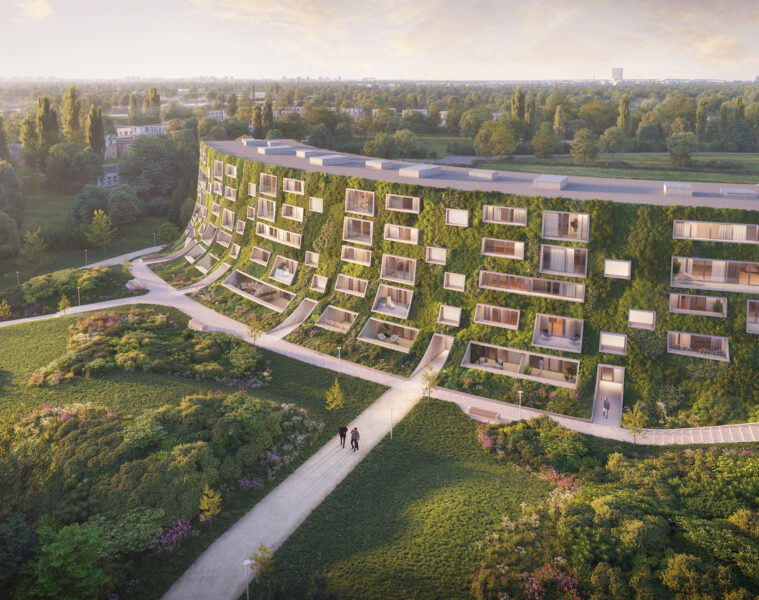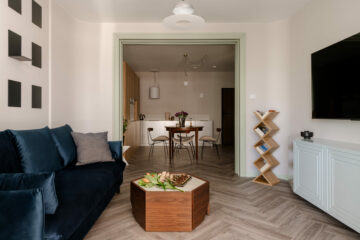According to the capital’s city hall, this year Warsaw will once again be colourful with millions of flowers. Admittedly, we have lived in Warsaw for years, so our opinion may be somewhat biased, but we have to admit. Warsaw in spring and summer is simply beautiful. Thousands of trees, tens of thousands of bushes and millions of flowers that bloom until later in the autumn completely contradict the stereotypical saying that Warsaw is a “concrete jungle”. What’s more, we bow our heads before Warsaw’s gardeners. The flower beds, flower pots or green belts are arranged in a truly thoughtful manner. It is in vain to look here for trivialities in the form of pansies. Every year, representatives of Warsaw’s Urban Greenery Management delight us with new compositions, exotic species and a sensible planning and selection of plants, which means that when one plant dies, another begins to bloom. Thanks to this, Warsaw residents and tourists can enjoy the beauty of the plants for a very long time.
Daisies, forget-me-nots, veined irises, dog’s tooth or the most varied varieties of tulips and narcissi – these are just a few of the flower species that can be admired in Warsaw this spring. More than 5 million colourful plants will be in bloom in the urban space.
“Every year Warsaw delights its residents and tourists with original flower arrangements. This year will be no different. Everything will be taken care of by our urban gardeners, who will supplement perennial plants with new colourful plantings. The first plants are already coming to life, and there will be even more in spring! More than 5 million flowers will then be in bloom in the capital,” says Rafał Trzaskowski, Mayor of Warsaw.
A multitude of forms and colours
Traditional plants – pansies, daisies and forget-me-nots – will be on display in compositions in pots. There will also be fragrant lilac, which reigned supreme in grandmothers’ gardens 20 years ago. For several years, urban gardeners have been disenchanting this forgotten fragrant plant.
In each of Warsaw’s districts, residents will be able to admire spring bulbous plants: dogtooth, narcissi in various varieties and flowering seasons, early veined irises, crocuses, onions, snowdrops, snowflakes and snowdrops or various varieties of tulips. Flowers will appear in perennial beds, pots and flowerbeds – including hybrids. The latter allows annual plants to be added to perennial plants overwintering in the ground, so that seasonal flower arrangements are not only less expensive, but also attractive at all times. This can be seen, for example, on the Royal Route, where the Greenery Board’s gardeners added ornamental cabbages and heather in autumn to the perennial foreign spurge in the variety ‘Pony Tails’, purple coneflower and gaura. During the April flower replacement, seasonal spring plants will be planted in place of the cabbages and heather, followed a few months later by summer plants.
More and more flowers in the city
Flowers are planted in parks, road lanes and in pots located in selected representative places. From year to year – thanks to successive de-potting – the capital’s Greenery Management Board is increasing the area allocated for perennial plantings and flowering plants. Since 2018, the municipal unit has planted around 8 ha of perennial beds and more than 20 ha of shrubs. In areas where only a few years ago there was concrete, today residents can see, among others, dwarf hydrangeas (Jacek Kaczmarski square); forsythias, jasmine trees, tulips, narcissi, Siberian onions (Integrator square); clematis, catnip, blowworms (Targowa street) or calla lily and Chenault’s snowdrops ‘Hancock’ (Jagiellońska street).
In 2023, in the Pole Mokotowskie park, on an area of 2,500 square metres, the city gardeners also created the first rose field. More are to be created in future years, giving Warsaw an all-access rose collection that no European city has.
Flowers not only from the Greenery Management
Although the Greenery Board is mainly associated with flower arrangements in the city, it is not the only body that deals with them. Every year, colourful plants also appear on bus terminals, which are taken care of by the City Cleansing Board. This spring, a total of 36,000 flowers will bloom on 12 bus stops: tulips (Witolin, Dworzec Wschodni and Marymont bus stops) and multi-coloured pansies (on a further 9 bus and tram stops). The capital’s districts also take care of the city’s flowers.
Warsaw is looking forward to spring. Are you?
source: Warsaw City Hall(https://um.warszawa.pl/) / ZZM Warszawa(https://zzw.waw.pl/)
Read also: Architecture in Poland | whiteMAD on Instagram | Warsaw | Greenery | Squares, Squares, Parks | Ecology


